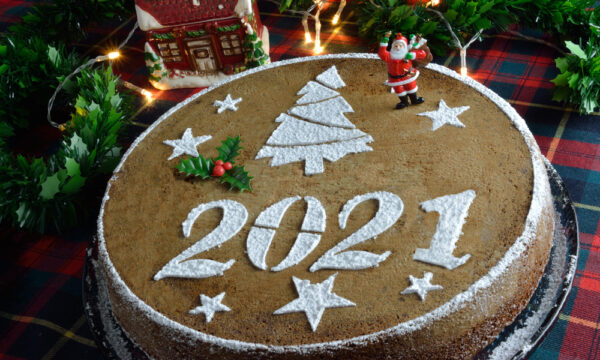New Year’s Eve traditions around the world
New Year’s Eve traditions around the world
New Year’s Eve traditions around the world
-
Hannah
-
Hannah

If you could zoom out and view the world from afar, over the course of this night you’d see explosions of colour spreading across, from Kiribati and Samoa, the first nations to welcome the New Year, to Hawaii, the last. Spectacular fireworks, such as those enchanting the characters at the start of my novel The Echoes of Love:
Soft stars of colour shot up, soaring into the night. One after another, bouquets of primrose, coral and lilac rose slowly into the sky, blossomed exotically there, flamed, floated, and then vaguely fell, as if faint with an excess of beauty, into the inky water below, which received them and folded them to itself with a kiss.
Wherever you are in the world, there are bound to be festivities to enjoy. But what of the traditions of this time of year? Other than counting down the end of the old year and toasting the start of the new one, what symbolism can you employ on New Year’s Eve? Here are some ideas inspired by customs around the world:
Brazil: Wear white to signify peace in the New Year (never black, which means the year is doomed).
Denmark: Jump off your chair at midnight.
Ecuador: Men, dress as the widow of the year nearly gone (yes, that means drag) and take to the streets. Stop cars, and the drivers must pay you, the widow, coins in order to pass.
Estonia: Eat seven, nine, or twelve times over the course of New Year’s Eve: for each meal you eat, you take on the strength of that many men for the following year. But don’t finish the meal; leave some for the spirits.
Finland: Dabble in molybdomancy: tell the fortunes for the coming year by melting lead in a pan and then pouring it into a bucket of cold water. You end up with a mass of metal, which you then analyse much as one looks for meaning in a crystal ball. A bit of fun!
Germany: Rub some ash on your forehead. That brings good luck and health for the year to come.
Greece: Cook a Vasilopita cake (King’s Pie), and include inside it a coin. After midnight, serve the cake. The person whose slice contains the coin will have good fortune.

Italy: Wear red underwear to bring luck!
North and South Korea: Eat Tteok-Guk soup to bring luck and a long life.
Philippines: At midnight, throw money to invite wealth for the New Year, and make a din with voices and instruments to scare off bad luck and evil spirits. (Apparently, jumping up and down during the chimes makes you grow taller as well…)
Russia: Ensure that your first visitor of the New Year will be male. Apparently, that means it will be a good year.
Scotland: Take on the spirit of Hogmanay and go ‘first footing’ – visiting friends and family with gifts through the night. Whisky is especially welcomed.
Serbia: The New Year as the new Christmas! Decorate a tree and receive presents from Santa.
Spain: Eat a grape at each chime of the bells at midnight, and make a wish for each grape.
Then, of course, comes New Year’s Day, and another host of traditions. But the most prevailing across cultures is the self-improvement resolution, which dates back as far as the Babylonians and the Romans, and was popular in the medieval period. A 2007 academic study suggested that the success rate for resolutions is low, at just 12 per cent, but no matter: what’s important is the hope that buoys us through the last days of winter.